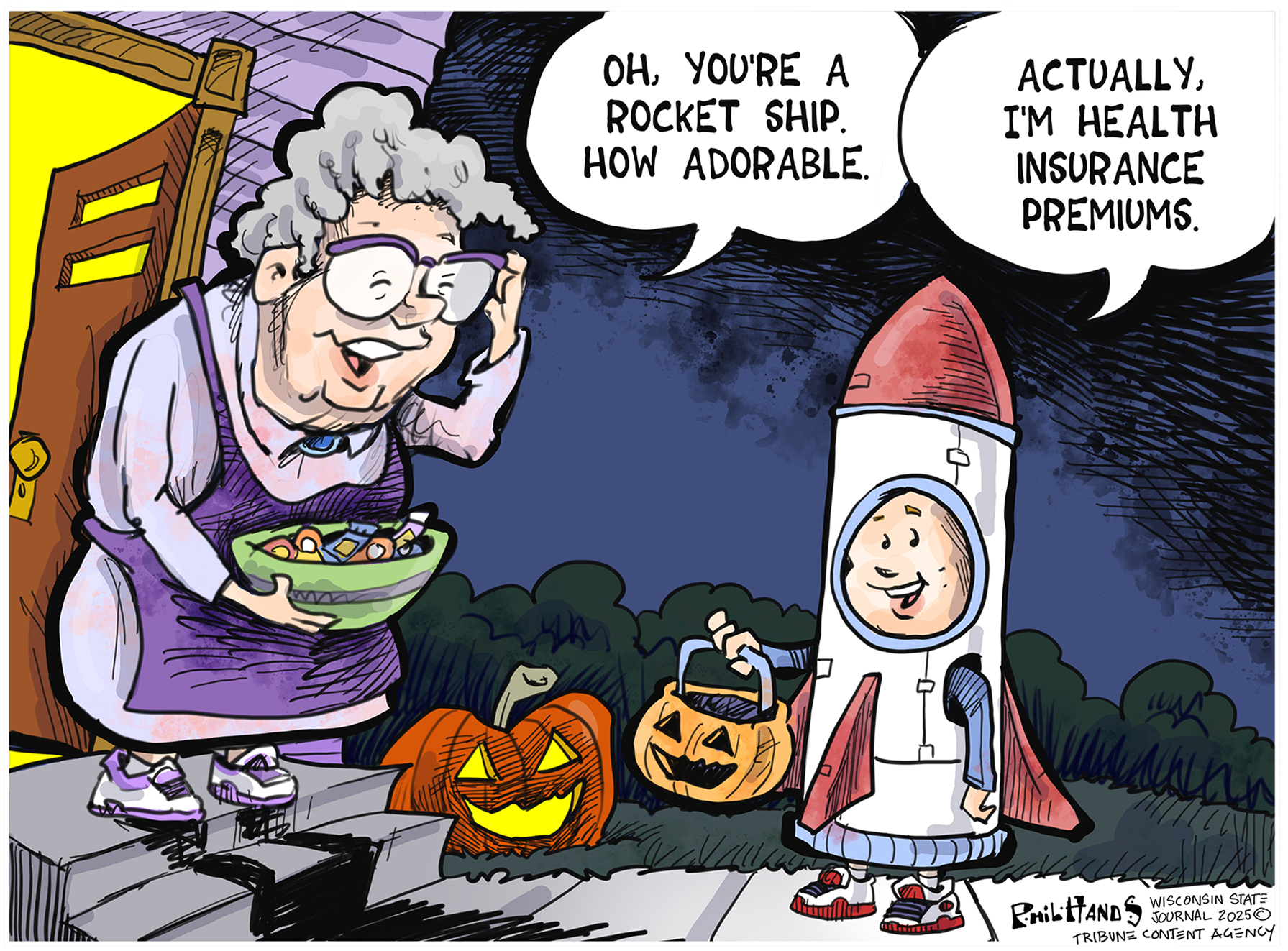Is the world running out of helium?
Scientists lament that we're wasting our limited supply of the valuable gas on party balloons and squeaky-voice gags

Helium is a "remarkable gas," says Michael Harper at Red Orbit, used to make everything from telescopes to MRIs run smoother. And when it's time to unwind, we pump helium into party balloons, or inhale it so we can speak in silly, squeaky voices. The trouble is, we're using so much helium that we're exhausting the world's supply, fast. Is this the end of the party — or, at least, the party balloons? Here, a brief guide:
Where does helium come from?
The limited supplies of helium we have on earth are mostly contained in underground pockets that got dislodged by oil and gas drilling.
The Week
Escape your echo chamber. Get the facts behind the news, plus analysis from multiple perspectives.

Sign up for The Week's Free Newsletters
From our morning news briefing to a weekly Good News Newsletter, get the best of The Week delivered directly to your inbox.
From our morning news briefing to a weekly Good News Newsletter, get the best of The Week delivered directly to your inbox.
When will we run out?
At the rate we're using helium, scientists fear we could exhaust our supply in 30 years. In the early 20th century, the U.S. — convinced that helium would play a major role in air travel and airship-based warfare — stockpiled billions and billions of liters of the gas; now, those reserves are almost depleted.
What happened to it?
"As you can tell from the distinct lack of majestic blimps in the sky above you," says Eric Limer at Geekosystem, the future many envisioned in the 1920s "never really panned out." So in the 1990s, the U.S. began selling off its helium surplus, "at a relatively low cost, no less, for things like party balloons." If the government sold helium at what would be the market rate, a Cornell professor has estimated, a single party balloon would cost about $100.
A free daily email with the biggest news stories of the day – and the best features from TheWeek.com
Why is helium so valuable?
For one thing, the gas can be cooled to temperatures of -454 degrees Fahrenheit, allowing researchers to freeze atoms to the point that their vibrations slow down and they become relatively easy to study. Scientists also use helium to make important devices such as telescopes and MRIs run cool. In liquid form, it can even help keep nuclear reactors from overheating. "Yet we use it to make our voices go squeaky for a laugh," researcher Oleg Kirichek tells Britain's Guardian. "It is very, very stupid. It makes me really angry."
Is there any way to get more?
Yes, but it won't be easy. While helium gas is rare on Earth, it's abundant in space. Solar winds are full of helium. So is the soil on the moon — as proven by analyses of lunar dirt brought home by the Apollo astronauts, says University of London professor Ian Crawford. "So you could envisage the day when it becomes economic to build mines on the moon to supply us with helium. It just depends how expensive our own sources become." And how badly we want party balloons.
Sources: Digital Journal, Geekosystem, Guardian, Red Orbit
-
 Political cartoons for November 1
Political cartoons for November 1Cartoons Saturday's political cartoons include insurance premiums, early voting in NYC, and more
-
 Salted caramel and chocolate tart recipe
Salted caramel and chocolate tart recipeThe Week Recommends Delicious dessert can be made with any biscuits you fancy
-
 Meet Ireland’s new socialist president
Meet Ireland’s new socialist presidentIn the Spotlight Landslide victory of former barrister and ‘outsider’ Catherine Connolly could ‘mark a turning point’ in anti-establishment politics